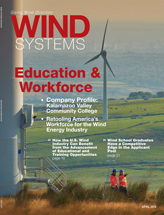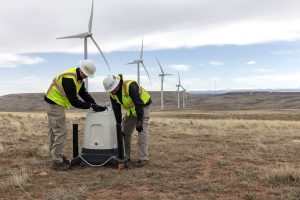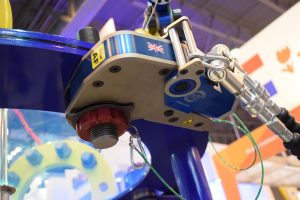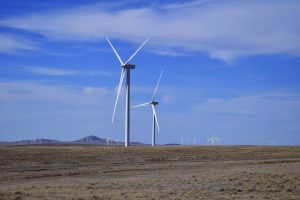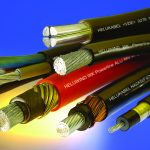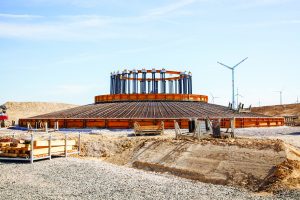The United States Department of Energy’s Wind Vision Report suggests that we as a nation can achieve 20-percent wind-generated energy by 2030 and 35 percent by 2050. This estimated economic growth has the potential to create 600,000 additional jobs by 2050, which will require a trained and qualified workforce.
Children who are currently in elementary school will be in their 40s by 2050, bringing those projected numbers to reality as they become members of the U.S. workforce. Now is the time to look toward the pipeline of potential wind workers that will be necessary to meet that coming need.
The K-12 Pipeline
Generation STEM, a 2012 report from the research arm of the Girl Scouts of the United States of America, suggests that there are a variety of factors that can encourage young women to pursue an education and a future career in science, technology, engineering, and math (STEM). Some of these factors include meeting role models who are involved in renewable energy and a STEM career, going to science and technology museums, and doing hands-on science activities at home at a young age.
Programs such as KidWind offer teacher trainings, curricula, and student design challenges to kids at a young age. Also, Wind for Schools is a program that helps schools get their own wind turbines on-site, creating pathways that bring wind energy to the classroom.
The Higher Education and Training Pipeline
I recently had the opportunity to speak on the Women in Sustainability panel at the annual Society of Women Engineers conference. The room was packed — standing room only — and students made up the majority of those in attendance. After the panel concluded, the lines to ask questions stretched across the room, and I heard the same story over and over again. These students were studying engineering and wanted to work in renewables and sustainability, but they weren’t sure where or how to get connected to career opportunities. Regardless of the field of choice in college or vocational training programs, it is critical to begin making the connections to potential career paths, and part of that responsibility falls on the industry.
 Programs like the Collegiate Wind Competition allow students to work in cross-disciplinary teams and work together on challenging problems, often with the help of experienced mentors who can help prepare them for careers in the renewable energy workforce.
Programs like the Collegiate Wind Competition allow students to work in cross-disciplinary teams and work together on challenging problems, often with the help of experienced mentors who can help prepare them for careers in the renewable energy workforce.
Women of Wind Energy (WoWE) was founded around the Rudd Mayer Fellowship, a program that brings female students and recent graduates to the American Wind Energy Association’s (AWEA) annual Windpower conference where they can gain the knowledge and contacts to successfully break into the field and thrive.
This year, in collaboration with the Wind Energy Foundation and the American Wind Energy Association, WoWE has added a new effort called the Wind at Our Backs Scholarship that also brings young women to the Windpower show and includes an additional $2,500 to be used toward tuition specifically for women in wind technician training programs.
The Leadership Pipeline
The final stage of the pipeline is one of ongoing retention, growth, and professional development. Whether transitioning from another field, changing areas within the sector, or steadily growing into new roles and capabilities, formal (i.e., graduate programs, certifications, etc.) and informal (i.e., WoWE Webinars and mentoring program) opportunities for continuing education are an important part of retaining women who have made it through from the earlier pipeline stages. While some of these efforts are for the individual member of the workforce, others can be focused on creating a culture across the wind energy industry that is standing ready and excited for all the new ideas that a diverse workforce will bring.
What You Can Do as Industry Leaders
- Mentor or volunteer with a local school program or with collegiate teams where women and minority mentors serve as role models.
- Offer to have a student shadow you for a day to learn more about potential career paths.
- Donate to or sponsor fellowship and scholarship programs for women and minorities.
- Support and connect with affinity networks and groups like WoWE and the Society of Women Engineers that create community-oriented and educational opportunities to help retain and encourage women working toward careers in STEM and renewables.
















